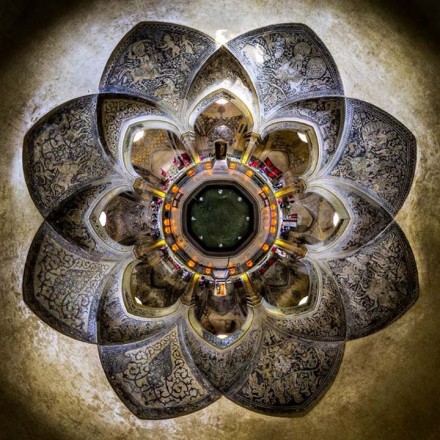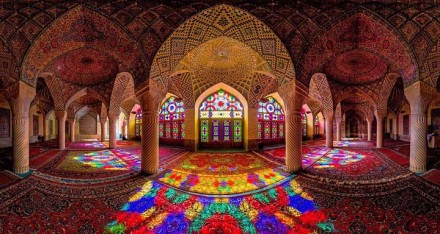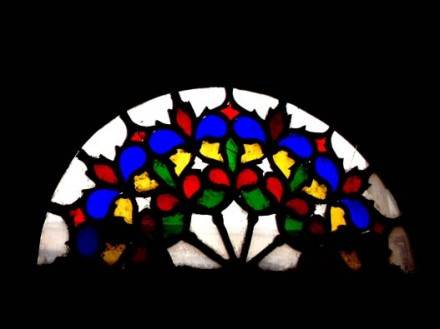Dance in Iran represents a mixture of elements drawn from diverse sources, some similar to those in neighboring countries, some uniquely related to cultures and customs of people living within a specific region in Iran today, and some synthesizing both foreign and native influences. For instance, ethnic dances found among Iranian Kurds and Turkomans are […]
The latter part of Mohammad-Rezâ Shah’s reign had a disastrous impact on Persian classical music, one with significant political implications for the Pahlavi regime itself. With the shah’s fast pace of modernization and importation of everything Western, classical Persian music became a victim of Western and Western-style pop music. As Westernized pop music became dominant, […]
In some archeological remains from ancient Iran, one can sometimes see depictions of singers, accompanied by musicians playing harps, large tambourines, and long necked lutes and double-flutes. Music was an important aspect of court life, cultural celebrations, religious rituals, and military operation. Religious music consisted of vocals drawn from Zoroastrian scriptures, the Gathas and Yashts, […]
Folk music (known as “regional music” in Iran) has probably existed as long as people have lived on the Iranian plateau. It has resisted formalization and, until recent times, its lyrics were preserved by the word of mouth and collective memories. Folk musicians were generally amateurs within rural areas. There are many distinct traditions and […]
Classical Persian music is generally modal and is not always based on the traditional major and minor scales of music. It is also generally monophonic, (mostly consisting of a single vocal part). Musical pieces consist of melody and rhythm, and, when a singer is involved, the melody is repeated with some variation. Melodic patterns are […]
Throughout the centuries, Persian music would periodically flourish and decline as different religious and governmental restrictions were imposed on it, especially after the adoption of Islam as a religion in Iran. Since music was an important part of religious rituals prior to the arrival of Islam in Iran, Persian music has been influenced by pre-Islamic […]
Music is a cultural expression reflecting national feelings, social moods, and state of mind. These elements are inevitably tied to a nation’s values, historical experiences, and politico-social conditions. In Iran, music and poetry are very closely linked, both in form and in structure. There is a close relationship between the rhythmic patterns in poetry and […]
Seyhoun Art Gallery Seyhoun Art Gallery was founded in 1966 in Tehran by Massoumeh Noushin Seyhoun, herself a painter whose modern works long appeared in many events in Iran and abroad. +982188711305 http://www.seyhounartgallery.com/Pages/Home Mohsen Gallery is one of the leading contemporary art galleries in Tehran. It was founded by Ehsan Rasoulof in memory of Mohsen […]
It is difficult to be certain about the early history of carpet weaving in Iran. Given the fragile nature of the materials from which a carpet is made, not many carpets have survived. Indeed, most old carpets found in museums today date from the sixteenth century onwards However, the carpet tradition is no doubt much […]
Persian carpets are famous for their variety in design, color, size, and weave. Moreover, they are known for the uniqueness of each and every rug produced. This uniqueness is the basis on which the quality and value of a rug are determined. The less frequently replicated the design, the more valuable the carpet, demonstrating the […]




Recent Comments